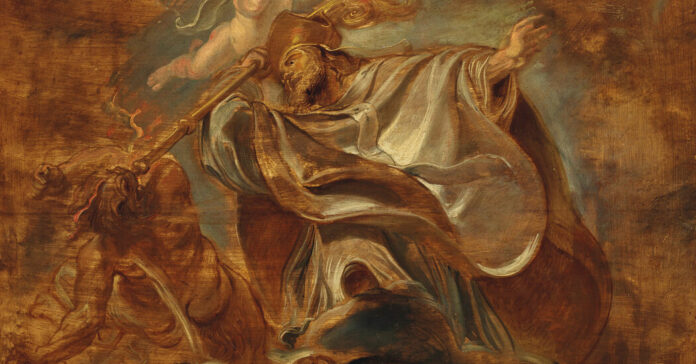
the Ernst von Siemens Kunststiftung (EvSK) marks its 40th anniversary by presenting two major artworks whose destiny it has significantly influenced.
"Saint Gregory of Nazianzus", an oil sketch painted by Peter Paul Rubens in the period around 1620, returns to Stiftung Friedenstein Gotha, where it went astray after the Second World War. Meanwhile in Berlin the Alte Nationalgalerie can look forward to expanding its excellent collection of sculpture to include an early cast, dated 1905, of Camille Claudel's bronze "L'Implorante".
A set of five Rubens sketches, the first of which had been in the collections at Friedenstein Palace in Gotha since the early 18th century, went astray at the end of the Second World War. Three of these model found their way via Coburg to America and Switzerland, while two accompanied the Red Army to Russia but returned from there to Ghota in 1958.
Following an agreement with the Buffalo AKG Art Museum, the spirited sketch of St. Gregory of Nazianzus ramming his crozier down the decil's maw is coming home from the United States.
Main Image :Peter Paul Rubens, Der Heilige Gregorius von Nazianz, 1621, Öl auf Holz (Eiche), 48 x 62 cm © Christie’s Images 2024